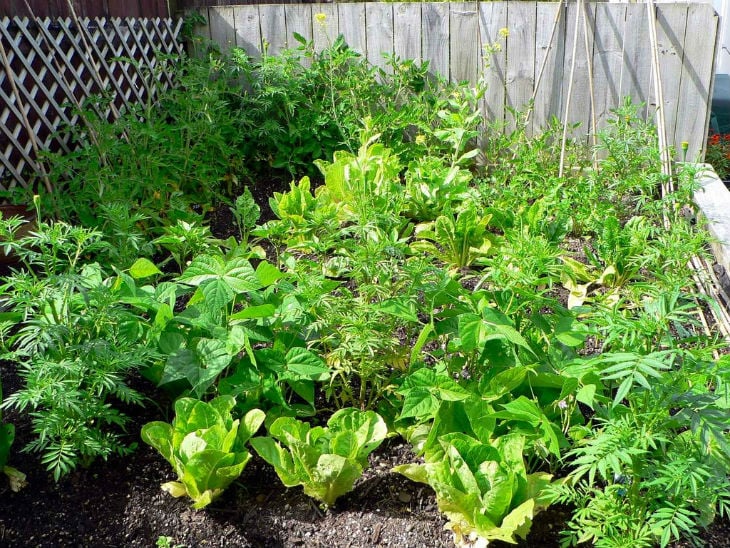
When most people imagine a traditional, homely garden, a perfect vegetable patch is usually involved. However, a full scale patch that will produce enough to supply your vegetable needs is not realistic for everyone. Sometimes it can be difficult to know where to start and what you grow; hopefully this guide can help you!
Plan Your Positioning
If there’s one thing to keep in mind when planning your vegetable patch it is that vegetables love the sun! Ideally, the patch should receive around six to eight hours of sun exposure everyday! Therefore, it is important that you don’t plant your patch too close to tall objects, such as trees (and your house) to ensure maximum sun exposure. Additionally, make sure that you will easily be able to water your plants- if the nearest water source is too far away to use without you losing enthusiasm for watering your vegetables, then you shouldn’t plant it there.
Make It Work For You
Be realistic in terms of design and scale. Are you aware that you get different animals visiting your garden at night? Or do you suffer from back problems? A raised bed could be a good solution: animals won’t be able to easily reach and nibble at your plants, and you won’t have to struggle bending over to water and pick them. Likewise, will you have the time to take care of a large, full scale vegetable patch? If not, perhaps some smaller plant pots, window boxes, or compost bags could be a better option for you as most vegetables require at least one inch of water each week. Also, if you don’t have the floor space for a large vegetable patch, choose vertically growing plants, such as beans and cucumbers.
Companion Plant To Banish Pests
No one wants to put time and effort into caring for a vegetable patch only for it to be demolished by a plethora of different pests, and companion planting can help to eradicate this issue. Of course, herbs and flowers wouldn’t be welcomed onto your dinner plates, but grown with your normal vegetables they will confuse pests. Similarly, flowers will attract insects that will eat plant pests such as aphids and mites.
Grow What You Need
Why give a large number of vegetables your care and attention if you’re going to throw the majority of them away? Only grow as much produce as you will be able to eat and enjoy, or give to family and friends to do the same.
Once you have started growing your vegetable garden, you can find more help and information online.
If you have of your own any tips and advice for planning a vegetable garden let us know in the comments below!
[Photo Credit: Sandy Austin ]

